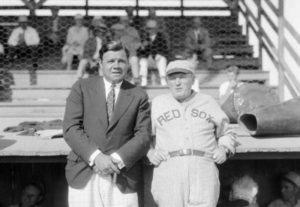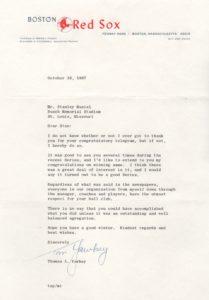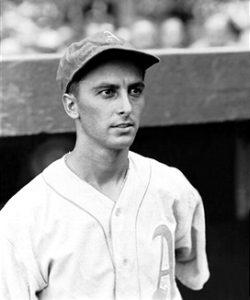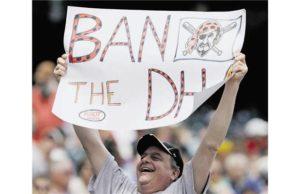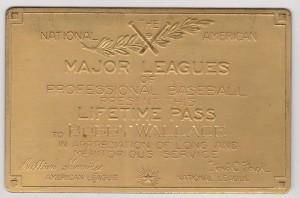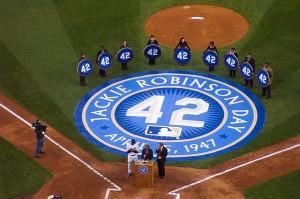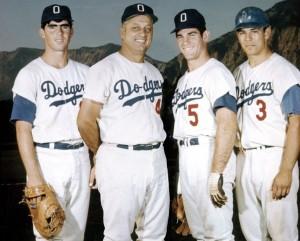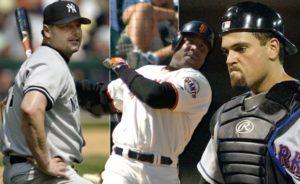Joe DiMaggio’s 1939 October blast left an impression on the baseball lifer who surrendered it
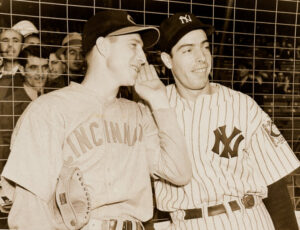
Pro career starts at age 17 Gene Thompson enjoyed a pro baseball career that spanned parts of eight decades. Signed by the Reds as a 17-year old in 1935, Thompson played until 1950. Two years later at age 35, he embarked on a scouting career that lasted until after his 88th birthday. The highlight of his playing career came in his first year as a Major Leaguer in 1939. Debuting as a 21-year old, Thompson excelled in his role as the Reds swingman, going 13-5 with a 2.54 ERA in 11 starts and 31 relief appearances. Thompson wasn’t the only stellar performer. The Reds got 27 wins from MVP Bucky Walters and a league-leading 128 RBI from first baseman Frank McCormick. Cincinnati won 97 games to earn the National League pennant. Thompson’s Reds face the Yankees in October In the World Series, Cincinnati squared off against Joe McCarthy’s heavily-favored Yankees. After dropping the first two games in New York, the Reds tabbed Thompson to start Game 3 in Cincinnati. A win by the home team would put the Reds back in the thick of things; a loss would put them in a 3-0 hole against the two-time defending champs. In […]
Read More >